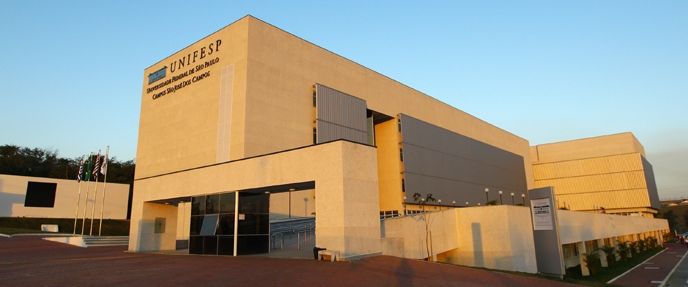Most of the research I have developed has focused on interactive technologies and how they improve education, teaching, and training. My main research interests are in Extended Reality (XR), and in exploring innovative solutions to improve the user experience in several areas of knowledge.
So, the areas that I have been working on over the years are:
- XR: Virtual Reality (VR), Augmented Reality (AR), and Mixed Reality (MR).
- Mobile learning, game-based learning, and gamification.
Also, I am one of the heads of the Interactive Applications Laboratory (Interapps) at UNIFESP. Interapps is a multidisciplinary group exploring interactive applications in areas such as health, industry, and education. We encourage teaching, research, and extension in science and technology. We develop applied research, whose projects use new interactive technologies to improve user experience.
If you’re interested in any of these areas, please contact me!
















